Throughout history, rings have served as a representation of one's status, love, and fashion sense. Nevertheless, it's fascinating to note that the interpretation of a ring varies depending on the finger it adorns. Due to cultural influences and individual tastes, each finger that a ring sits on has its own distinct significance. Our goal in this article is to delve into the multiple meanings that can be conveyed by rings worn on different fingers.
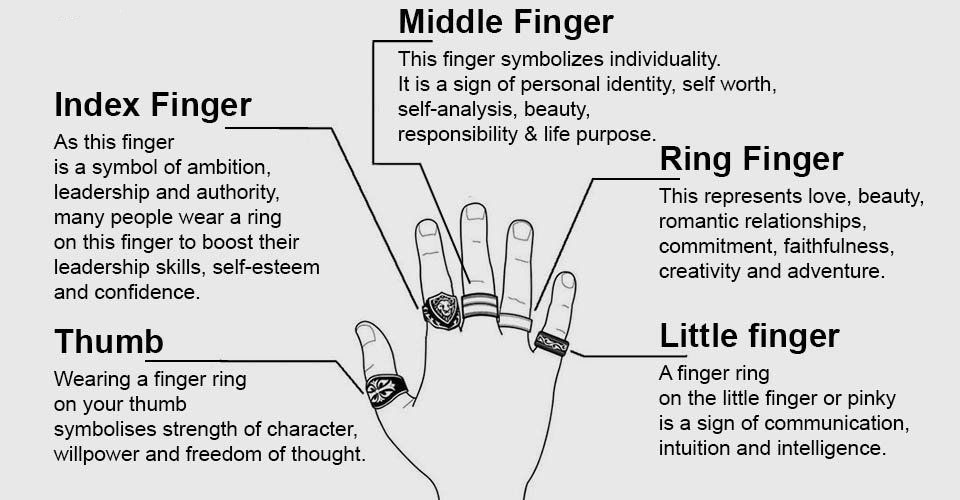
The history of wearing rings
The practice of wearing rings can be traced back to ancient times, spanning many thousands of years. The custom of placing a ring on a particular finger has undergone transformations over the course of history, and varies between different societies and cultures.
Ancient Times-In ancient times, the Egyptians believed that the fourth finger of the left hand had a vein that ran directly to the heart, which they called the "vein of love." This belief led to the tradition of wearing wedding and engagement rings on the fourth finger of the left hand, which is now commonly known as the "ring finger."
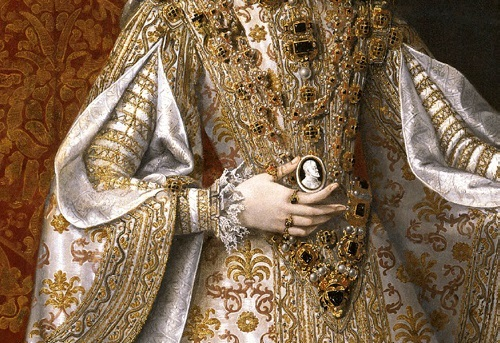
Middle Ages-During the Middle Ages, the Christian Church began to use rings as a symbol of religious commitment and authority. The Pope, bishops, and other high-ranking officials in the Church wore rings on the third finger of their right hand, which symbolized their commitment to God.
Renaissance-During the Renaissance period, rings became a symbol not just of love and commitment, but also of social status and wealth. Wealthy and influential people often adorned themselves with multiple rings on several fingers, including the thumb and pinky finger, as a way to display their affluence and power.
Modern Times-Today, the meaning and symbolism associated with wearing rings on different fingers have become more fluid and subjective, with personal preferences and cultural traditions playing a significant role. For example, in many Western countries, the fourth finger of the left hand remains the popular choice for engagement and wedding rings, while in other cultures, such as India and Russia, the right hand is preferred. Additionally, some people choose to wear rings on other fingers for aesthetic or personal reasons, such as a favorite gemstone or a sentimental attachment to a particular design.
Throughout history and different cultures, the tradition of wearing rings on specific fingers has evolved, with each finger holding its own unique significance. From the ancient Egyptians' belief in the vein of love running through the fourth finger to the Christian Church's use of rings as a symbol of religious commitment on the third finger of the right hand, the meaning of wearing a ring on a particular finger has changed over time. Nowadays, wedding and engagement rings are commonly worn on the left ring finger in Western cultures, while other cultures prefer the right hand. Regardless of the reason for wearing a ring, whether as a symbol of love, fashion, or status, the history and meaning behind the tradition are fascinating to explore.
The meaning of the ring on different fingers
Despite commonly being viewed as a decorative addition, rings can hold great significance based on the finger that they adorn. Whether it's an emblem of matrimony, academic accomplishment, or a cherished family legacy, the finger on which a ring is positioned can communicate a distinct message.
The Index Finger
The index finger, also known as the pointer finger, is the most commonly adorned finger after the ring finger. A ring worn on the index finger can convey a sense of power or authority. In some cultures, it is also associated with leadership and ambition. It can also signify a desire for attention and assertiveness.
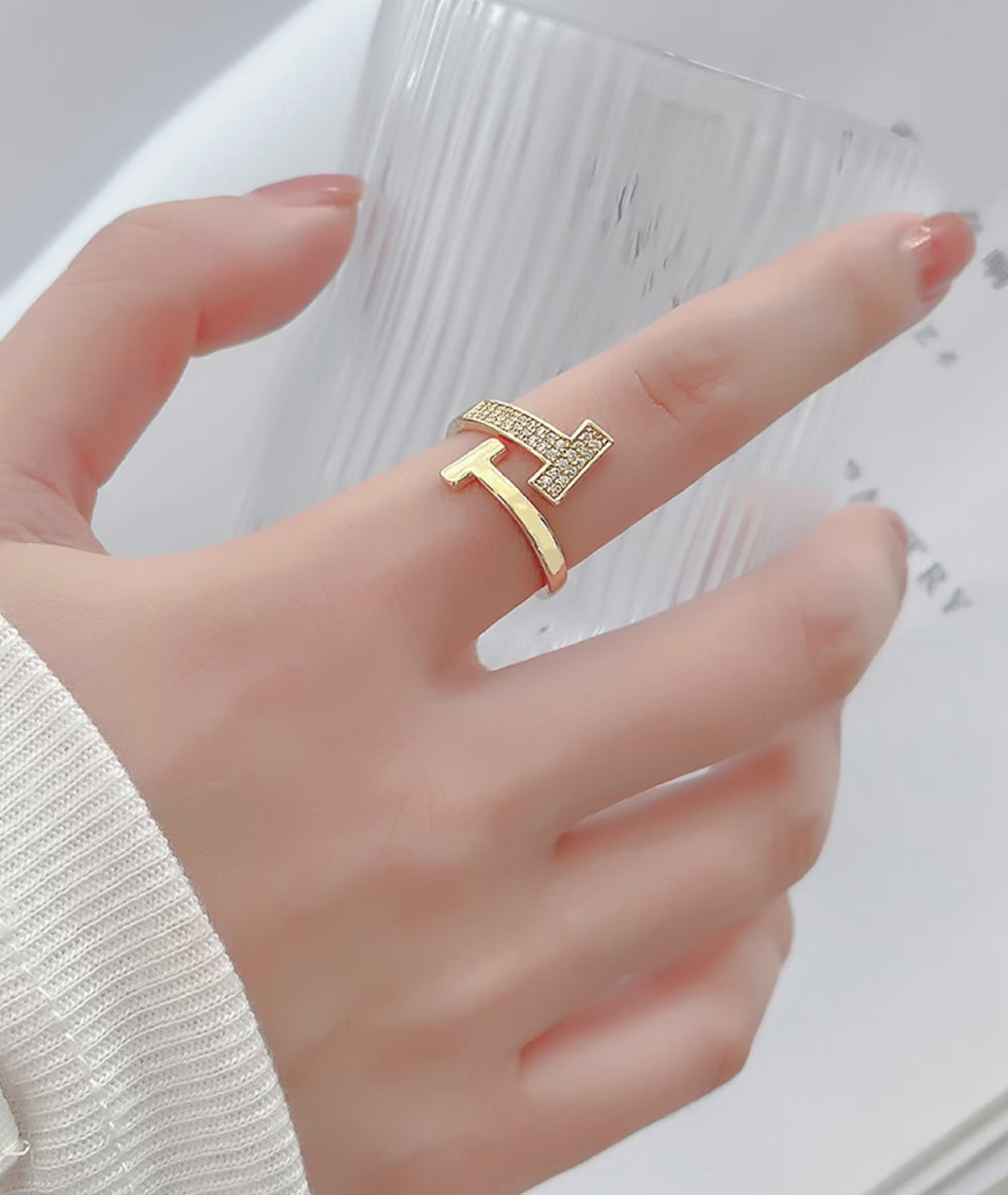
The Middle Finger
The middle finger is often seen as a symbol of defiance or rebellion. A ring worn on this finger can convey a sense of confidence, independence, and self-assuredness. It is also commonly associated with the concept of balance and stability.

The Ring Finger
The ring finger, also known as the fourth finger, is where wedding and engagement rings are traditionally worn. It is the finger that is believed to have a direct connection to the heart through the vein of love, known as the vena amoris. Wearing a ring on this finger conveys a message of commitment, love, and loyalty. However, the meaning of a ring on this finger can differ depending on cultural and personal beliefs.
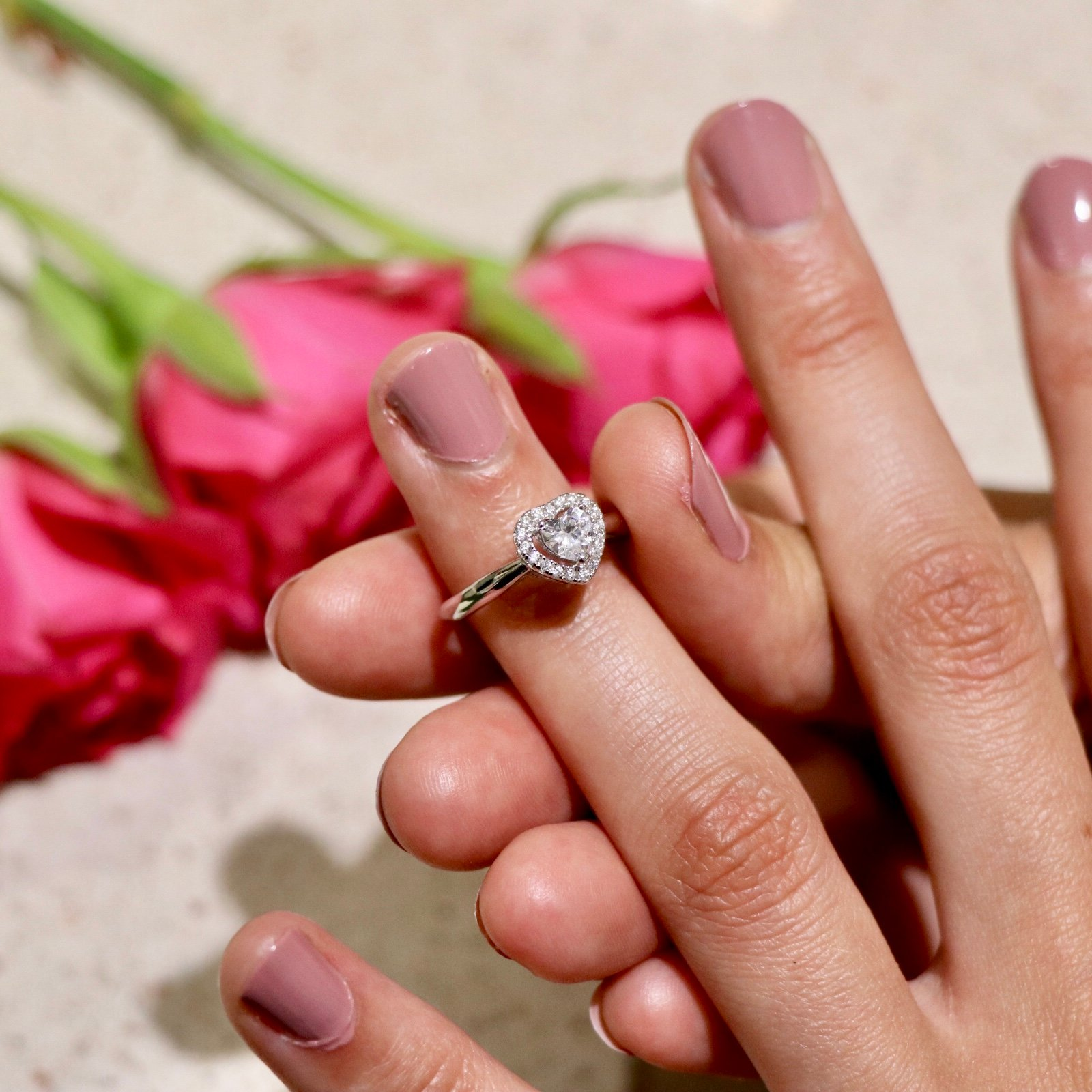
The Pinky Finger
The pinky finger is often seen as a symbol of playfulness and flirtatiousness. It can also signify a sense of self-love and confidence. In some cultures, it is associated with wealth and status. A ring on this finger can convey a sense of elegance and refinement.
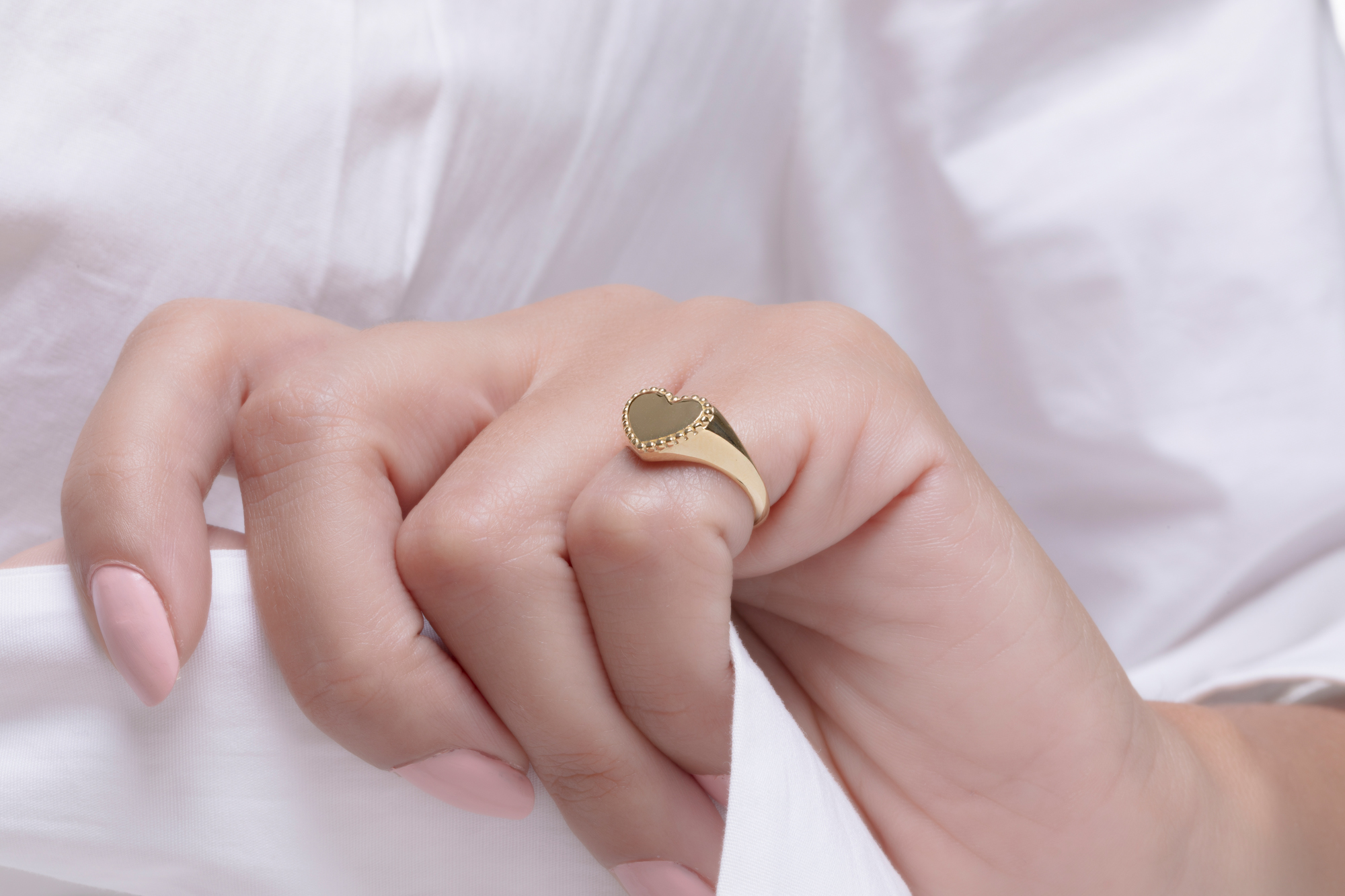
Cultural Differences in Ring Finger Meanings
Different cultures have varying beliefs when it comes to the meaning of rings worn on different fingers. For example, in some cultures, a ring on the index finger signifies wealth and power, while in others, it is a symbol of commitment and loyalty. In some cultures, wearing a ring on the thumb is believed to convey a message of strength and willpower. In other cultures, a ring on the pinky finger is associated with criminal activity.
Personal Preferences in Ring Finger Meanings
The meaning of a ring can also vary depending on personal beliefs and preferences. Some people choose to wear rings on certain fingers simply because they like the way it looks. Others may choose a particular finger based on the meaning associated with it in their culture or society. Still, others may wear a ring on a certain finger as a tribute to a loved one.
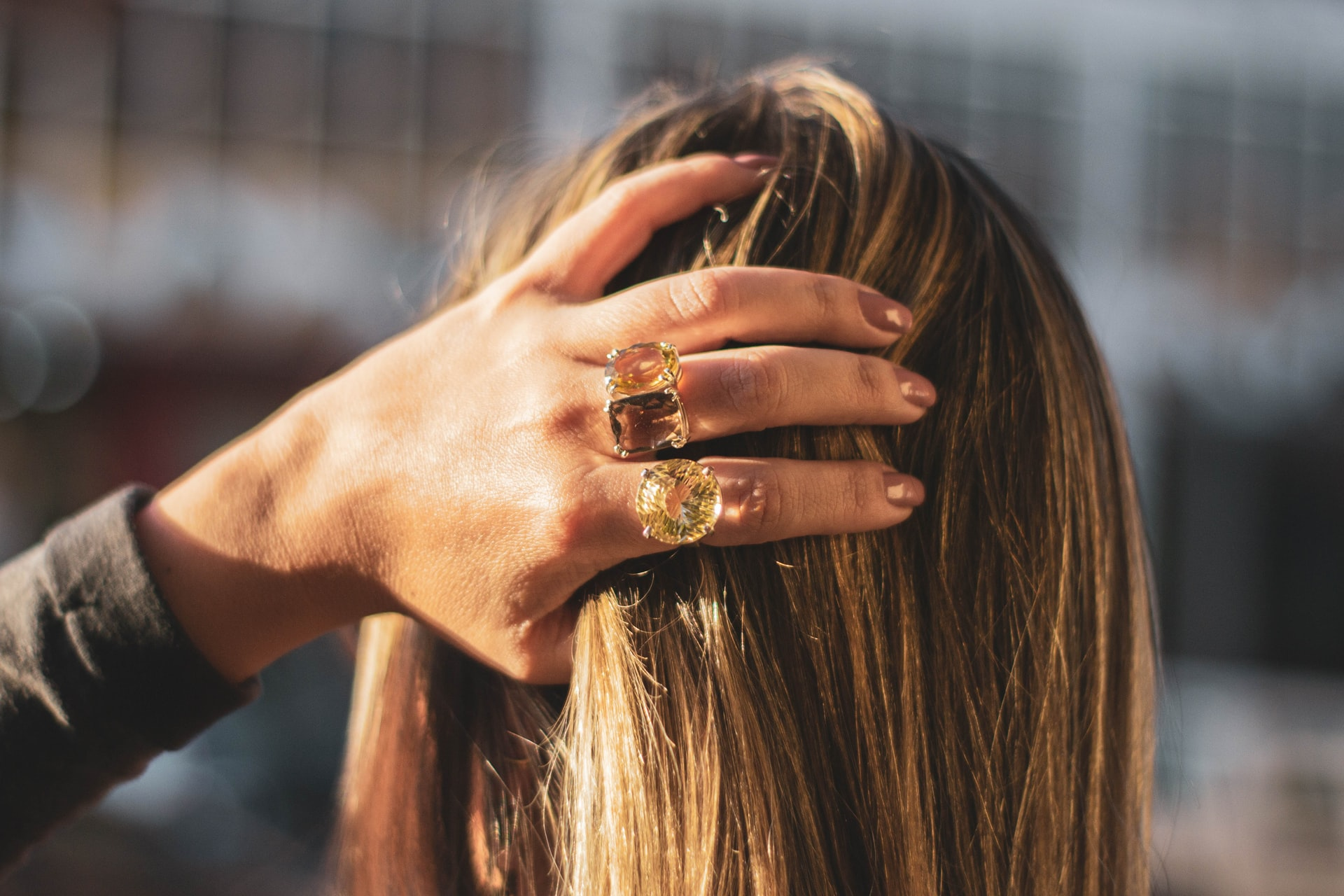
Gender Differences in Ring Finger Meanings
Gender can also play a role in the meaning of a ring on a particular finger. For example, in some cultures, a ring on the index finger of a man signifies power and authority, while on a woman it can convey a sense of independence and confidence. In some cultures, a man wearing a ring on the ring finger can signify his marital status, while for women it may represent an engagement or wedding ring.
The Significance of Rings Worn on the Right or Left Hand
The meaning of a ring can vary depending on which hand it is worn on. In many Western cultures, the left hand is traditionally associated with engagement and wedding rings, but rings on the right hand can also hold great personal meaning based on cultural or personal beliefs.

Left Hand-In many Western cultures, it is customary to wear wedding and engagement rings on the fourth finger of the left hand, which is often referred to as the "ring finger" hand. This tradition has its roots in ancient Egypt, where it was believed that a vein in this finger, known as the "vein of love," connected directly to the heart. Despite its ancient origins, this tradition remains popular today in many parts of the world.
Right Hand-In many cultures, the right hand holds significant meaning when it comes to wearing rings. For instance, in some parts of Europe, men wear their wedding bands on the right hand, while women wear theirs on the left. In other cultures like India and Colombia, the right hand represents the active and dominant side of the body. Therefore, wearing a ring on this hand can symbolize strength, power, and confidence. It is important to note that the meaning of wearing a ring on a specific hand can vary depending on cultural beliefs and personal preferences.
FAQs
-Can I wear a ring on any finger I want?
-Absolutely, there are no strict rules on which finger you can wear a ring. However, it's worth noting that in some cultures or situations, wearing a ring on a specific finger can convey a particular message. For example, a ring worn on the ring finger of the left hand is often associated with marriage or engagement. In contrast, a ring worn on the index finger can symbolize power and authority. Ultimately, the decision to wear a ring on a particular finger comes down to personal preference and the meaning you want to convey.
-Can the meaning of a ring on a specific finger vary depending on culture and personal beliefs?
-Yes, the meaning of a ring worn on a specific finger can vary based on cultural beliefs and personal preferences. Different cultures and individuals may attach different meanings to rings worn on specific fingers, which can convey messages related to love, commitment, religion, status, and more.
-Why is the ring finger the most popular finger for wedding and engagement rings?
-The tradition of wearing wedding and engagement rings on the fourth finger of the left hand, also known as the ring finger, is popular because of an ancient Egyptian belief that this finger had a vein that ran directly to the heart, known as the "vein of love." This belief led to the idea that wearing a ring on this finger would symbolize a deep emotional connection and commitment to the person wearing the ring.
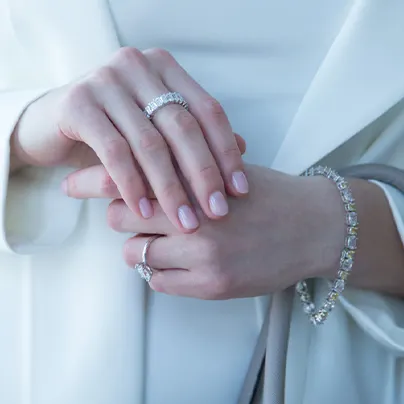
*Cautions
1.It is important to ensure that the finger on which you plan to wear the ring is in the correct position before taking the measurement, as the circumference of each person's left and right fingers may different.
2.The time of day and the individual's body type, such as if they are prone to edema, can also affect measurement accuracy. To increase accuracy, it is recommended to take measurements at different times of the day (morning, midday, and evening) and take the average value.
3.Finger rings can be affected by seasonal changes, with temperature fluctuations causing expansion and contraction. When selecting a ring, it is recommended to choose a size that feels slightly tight in summer and can still be rotated without falling off in winter.
4.If the ring falls off or shifts easily when you shake your hand, it may be too large, while if you have to force the ring off, it may be too small.
5.The size used by Schiphol is a "beauty" size, so it's important to check the ring size used by the seller before making a purchase.
Copyright ©2025 Wuzhou Tianyu Gems Co., Ltd - All Rights Reserved.